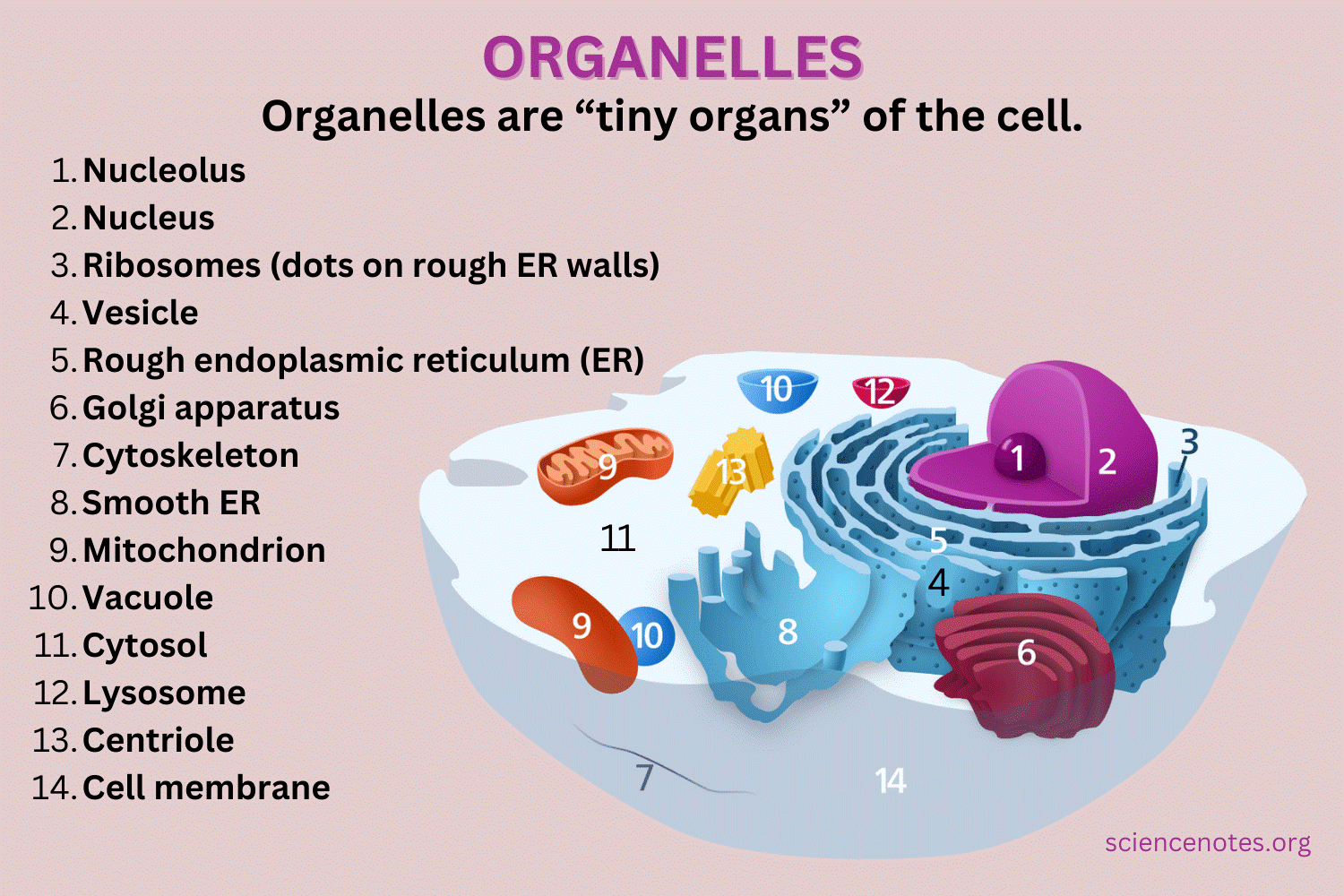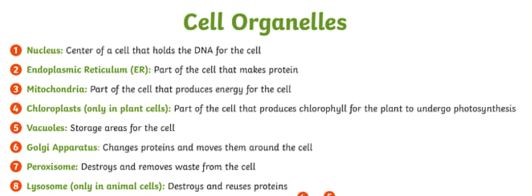Free Courses Sale ends Soon, Get It Now


Free Courses Sale ends Soon, Get It Now


Disclaimer: Copyright infringement not intended.
Context
Details
What are organelles?


Source: https://phys.org/news/2024-04-evolution-action-possibility-nitrogen-organelles.html#google_vignette
|
PRACTICE QUESTION Match the following types of cell organelles with their functions:
Options:
Answer- 3 |
© 2024 iasgyan. All right reserved